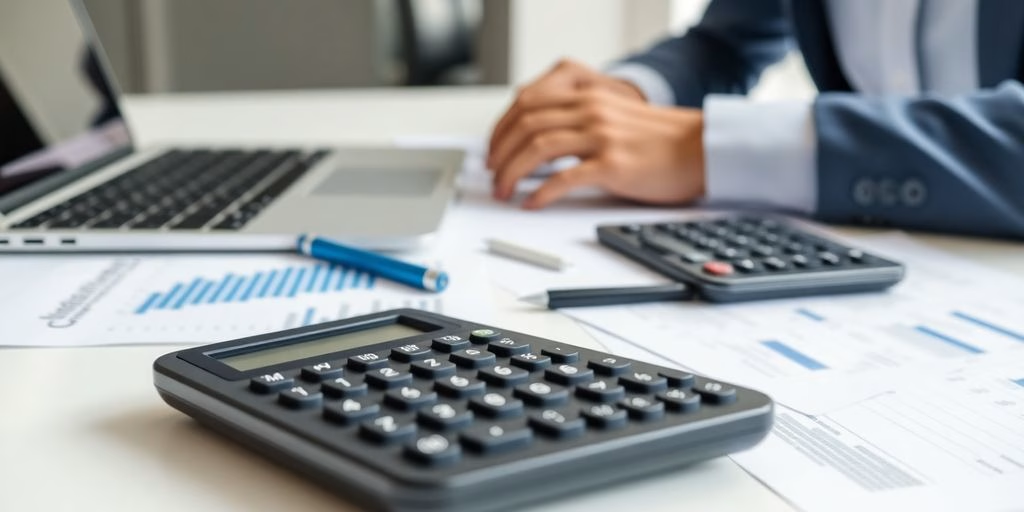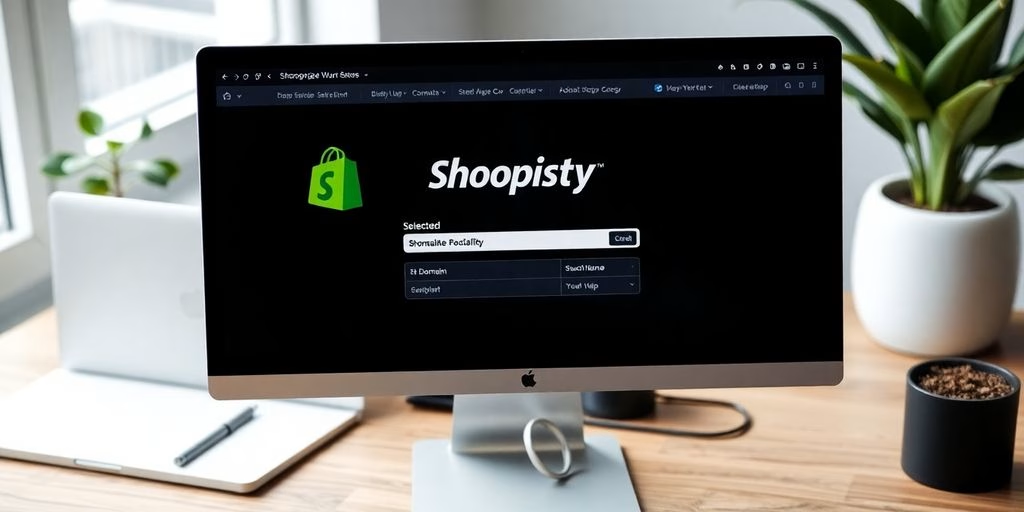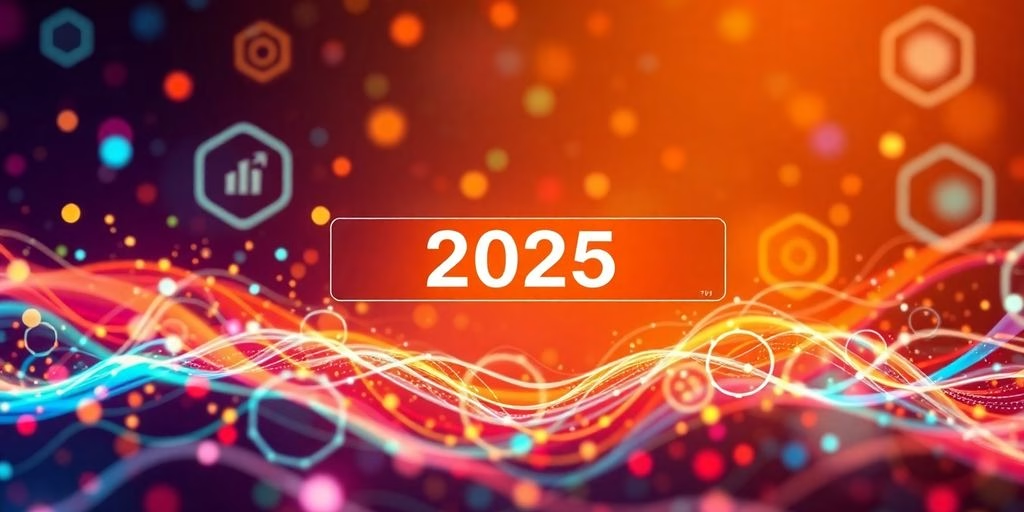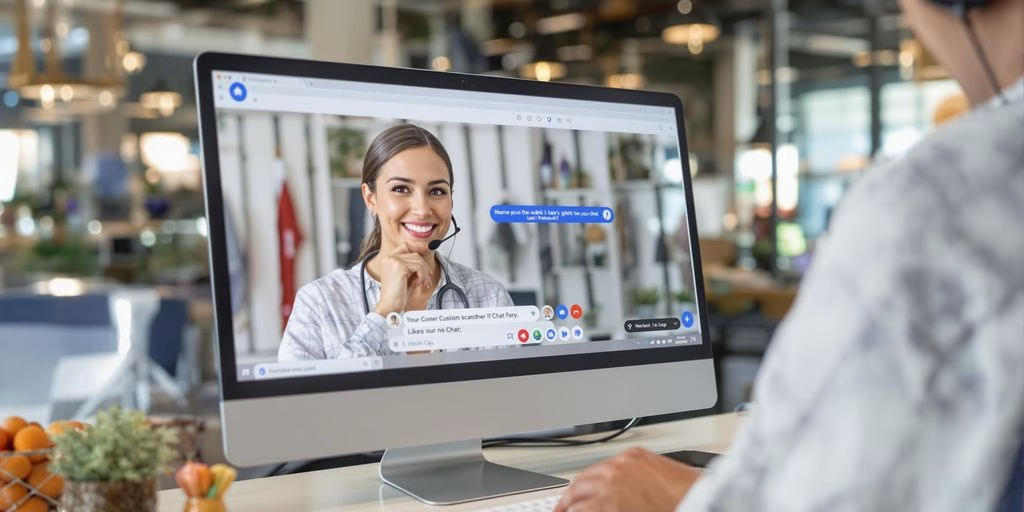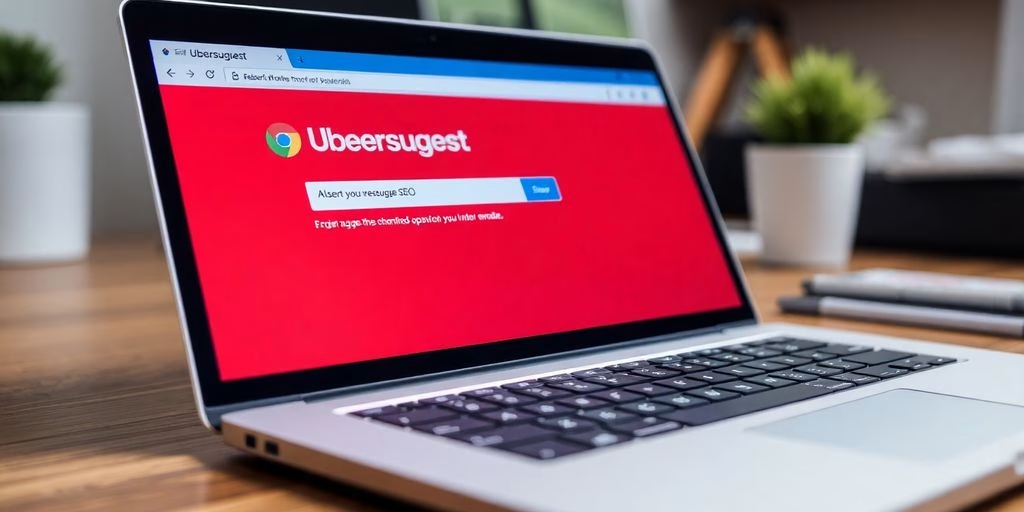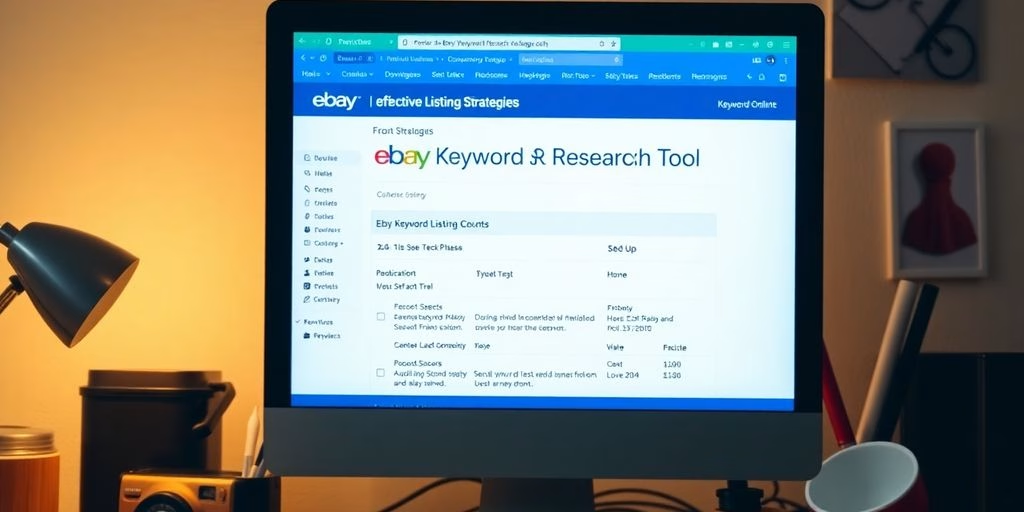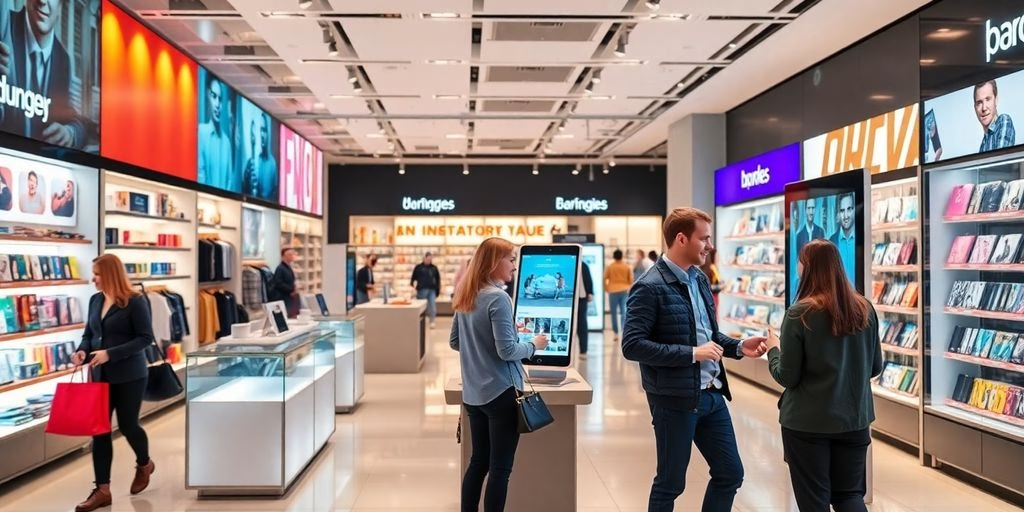In the vast digital landscape where websites compete for attention, internal linking stands as a cornerstone of SEO strategy. It’s a sophisticated tool that not only enriches user experience but also strengthens a website’s SEO performance. Through a well-crafted web of internal connections, website owners can guide both users and search engine crawlers with ease, reinforcing the importance and relationships between pages. This article delves into the intricacies of internal linking, offering actionable insights and strategies to harness its full potential for boosting organic traffic and improving domain authority.
Key Takeaways on Internal Linking
- Internal linking is a critical and often undervalued component of SEO that enhances user navigation and search engine indexing.
- Adhering to best practices in internal linking is essential for creating a user-friendly and SEO-optimized website structure.
- A strategic approach to internal linking can significantly increase a page’s authority and the overall domain’s relevance.
- Balancing SEO objectives with a user-centric design is key to maximizing the benefits of internal linking for user experience.
- Continuous evaluation and adaptation of internal linking strategies are crucial for staying ahead in the evolving SEO landscape.
Internal Linking: Building a Web of Connections

Understanding the Basics of Internal Linking
At its core, internal linking is the digital equivalent of a spider weaving its web, connecting one page to another within the same domain. These links are not just navigational tools but are the lifeblood of SEO, guiding both users and search engine crawlers through a site’s content landscape.
- Navigation: They create a structured path for users, enhancing the user experience by making it easy to find related content.
- SEO: Internal links help search engines understand the structure and hierarchy of a website, which can influence rankings.
By mastering internal linking, you can turn a maze of webpages into a streamlined information highway.
Remember, internal linking is not just about creating a network of connections; it’s about creating the right connections. Strategic link placement can mean the difference between a user staying engaged or bouncing off to another site. It’s a delicate balance of user needs and SEO savvy.
The Role of Internal Links in User Navigation
Think of your website as a bustling city, and internal links as the intricate network of roads guiding visitors to their desired destinations. Internal links are the signposts and highways that make the journey through your digital metropolis a breeze. They’re not just about SEO; they’re about creating a seamless user experience. Here’s how they work their magic:
- Pathways for Discovery: Just as a well-placed sign can lead a traveler to a hidden gem, internal links guide users to content they might not have stumbled upon otherwise.
- Thematic Highways: Linking related content creates thematic ‘highways’ that help users delve deeper into your site’s topics.
- Breadcrumbs for Backtracking: Like breadcrumbs left by Hansel and Gretel, these links help users navigate back to previously visited pages with ease.
By strategically using internal links, you create pathways that users and search engines can follow to discover content.
Remember, a user-friendly navigation is a cornerstone of any successful website. It’s not just about the destination; it’s about enjoying the journey. And with a well-planned internal linking structure, you’re providing a first-class ticket to both.
Creating a Map for Search Engine Crawlers
Think of your website as a treasure map, where X marks the spot for both users and search engine crawlers. Creating a map for search engine crawlers is akin to drawing a clear path to your website’s hidden gems. By using internal linking, you’re not just guiding visitors through your digital landscape; you’re also providing search engine bots with the clues they need to understand and index your content.
Internal links are the compass that points search engines in the right direction, ensuring they don’t miss out on any valuable content.
To create an effective map for these digital explorers, consider the following points:
- Anchor text
- Logical URL structure
- XML sitemaps
- Strategic use of keywords
Each element plays a pivotal role in enhancing your site’s SEO. Anchor text, for instance, is the signpost that gives context to the linked page, while a well-crafted URL structure helps both users and crawlers navigate with ease. Remember, a good site hierarchy not only benefits users but also aids search engines in indexing your content more efficiently.
Piecing Together an Internal Linking Strategy

Best Practices for Internal Linking
To weave a web that both users and search engines will love, internal linking must be strategic and purposeful. It’s not just about creating links; it’s about creating a journey. Here are some best practices to ensure your internal linking strategy is top-notch:
- Anchor Text: Use descriptive, relevant anchor text for your links. This not only helps with SEO but also gives users an idea of what to expect when they click.
- Link Placement: Position links where they feel natural and helpful. Don’t just sprinkle them randomly; think of them as signposts guiding your visitors.
- Link Quality: Not all pages are created equal. Link to your high-quality, authoritative pages to spread link juice and improve the overall domain authority.
- Content Relevance: Link between related content to keep users engaged and encourage them to explore deeper into your site.
Remember, the goal is to enhance the user’s journey, not to create a maze that traps them. A well-thought-out internal linking structure can lead to a treasure trove of SEO benefits while ensuring a seamless user experience.
Avoiding Common Pitfalls and Missteps
While internal linking can be a potent tool in the SEO arsenal, it’s not without its traps. Avoiding common pitfalls is crucial to ensure your linking strategy doesn’t backfire. Here are some missteps to steer clear of:
- Exaggerated Number Of Links: Cramming too many links into your content can overwhelm both users and search engines, diluting the value of each link.
- Overuse Of Same Anchor Text: Variety is the spice of life, and the same goes for anchor text. Using the same phrases repeatedly can trigger search engine red flags.
- Keeping Broken Links Alive: A graveyard of dead links can haunt your site’s credibility. Regular audits are essential to keep your internal pathways clear.
Excessive Crawl Depth can also be a thorn in your side, making it harder for crawlers and users to reach deep-seated pages. Aim for a structure that allows easy access with minimal clicks. Remember, a well-crafted internal linking strategy is about quality, not just quantity. It’s a balancing act between being thorough and being overzealous.
A strategic approach to internal linking not only enhances SEO but also improves the overall user experience. It’s about guiding visitors through your digital landscape, one relevant link at a time.
Tools and Techniques for Effective Link Management
Harnessing the right tools can transform the tedious task of internal linking into a streamlined process. Boldly navigate the maze of your site’s content with tools that not only map out your current internal landscape but also suggest strategic pathways for enhancement.
Internal linking isn’t just about connecting pages; it’s about weaving a story that search engines and users alike will follow with ease. Here’s a quick rundown of some of the top tools that can help you master the art of internal linking:
- SEOTesting
- LinkStorm
- InternalLinking
- Ahrefs
- Semrush
- Tasty Links
- Tasty Roundups
- AIOSEO
- Monsterinsights
- Google Search Console
- Pretty Links
- Rank Math
- Yoast SEO
Remember, the goal is to create a seamless journey for both your users and the search engine crawlers. The right tool can make all the difference in guiding them through your digital ecosystem.
Internal Linking as a UX Power Play

Enhancing Content Discoverability and Engagement
Imagine your website as a treasure map, where X marks the spot of your most valuable content. Internal linking is the compass that guides users to these treasures, enhancing the user experience by connecting related pieces of content. This not only satisfies the curiosity of your users but also encourages them to embark on a journey of discovery, leading to a richer user experience and increased engagement.
Enhancing content discoverability isn’t just about keeping users hooked; it’s a strategic move that can significantly boost your pages’ authority. By weaving a network of links, you distribute the power of your flagship content to the hidden gems lurking in the depths of your site. Here’s how you can make your content more discoverable:
- Create a content inventory: Know what you have to offer.
- Identify related topics: Connect the dots between your articles.
- Use descriptive anchor texts: Make it clear where the link will take your users.
- Update regularly: Keep the map accurate with fresh links.
By strategically placing internal links, you not only improve navigation but also send positive signals to search engines, which can lead to improved SEO metrics.
Remember, it’s not just about the number of links; it’s the quality and relevance that count. Avoid turning your site into a labyrinth where users get lost; instead, aim for a well-organized domain that invites exploration and rewards curiosity.
Streamlining the Journey Through Your Digital Domain
In the realm of digital navigation, internal links act as the compass and map for your visitors, guiding them through the vast expanse of your content. By strategically placing these navigational aids, you not only enhance user experience but also fortify the structure of your digital domain.
Internal links are more than just pathways; they are the silent narrators of your site’s story, ensuring that each visitor’s journey is both purposeful and intuitive. Here’s how you can streamline that journey:
- Cultivate an intuitive experience that allows visitors to flow from page to page with ease, thus keeping them engaged and reducing bounce rates.
- Design with purpose, ensuring that your user interface (UI) complements your content and enhances readability.
- Implement a clear and logical URL structure to aid in both user navigation and SEO, even if it’s not a direct ranking factor.
By keeping your URLs concise and descriptive, you make it easier for users to understand and navigate your site. Avoid burying pages deep within your site hierarchy; a simpler, flatter structure is preferable.
Remember, a well-crafted internal linking strategy is not just about SEO; it’s about creating a seamless and enjoyable experience for your users. As you weave these links into your content, consider the overall content structure and how each link serves the user’s quest for knowledge.
Balancing SEO Goals with User-Centric Design
In the quest for SEO supremacy, it’s easy to forget that the heart of your website is not the search engine, but the user. Balancing SEO goals with user-centric design is not just a juggling act; it’s a strategic performance that can captivate and convert your audience. By establishing good linking habits, you’re not just appeasing algorithms, but also crafting a user experience that resonates with human intuition and desire for simplicity.
- Prioritize intuitive navigation to ensure users can find what they need with ease.
- Keep the link structure logical and straightforward to prevent user frustration.
- Use descriptive anchor texts that provide clear expectations of the linked content.
Blending SEO and user experience is crucial. It’s about creating a harmonious digital environment where both search visibility and user satisfaction are optimized.
Remember, a website that’s a joy to navigate is one that users—and search engines—will love to explore. By intertwining SEO techniques with a deep understanding of user needs, you’re not just building links; you’re building bridges to success.
Internal Linking Connection

Boosting Page Authority and Domain Relevance
In the grand chess game of SEO, internal linking is your queen. It moves across the board with grace, connecting your content in a strategic display of power. By weaving a network of internal links, you’re not just enhancing navigation; you’re channeling the flow of ‘link juice’ to bolster the authority of individual pages. This, in turn, amplifies the overall relevance of your domain in the eyes of search engines.
Improved Page Authority and Ranking: Internal links are the conduits through which page authority flows. By linking related content with relevant anchor text, you’re essentially casting a vote of confidence in your own pages, which can lead to improved rankings.
A solid internal linking strategy is akin to building a robust transportation system within your digital city. The better the pathways, the more efficiently authority and relevance circulate.
Here’s a quick rundown of the benefits:
- Distributes link equity across the site
- Enhances the user experience
- Increases the visibility of lesser-seen content
- Strengthens keyword relevance for search engine algorithms
Remember, the goal is to create a symbiotic ecosystem where each link contributes to the site’s overall SEO health.
The Synergy Between Internal Links and Organic Traffic
It’s no secret that internal links are the unsung heroes of SEO, weaving a tapestry of relevance and authority throughout your website. These navigational threads not only guide users but also search engines, creating a symbiotic relationship that can elevate your organic traffic to new heights. By linking related content, you’re essentially giving search engines a roadmap of your site’s landscape, highlighting the most scenic routes for users to explore.
Internal linking does more than just keep users clicking; it strategically funnels the flow of ‘link juice’ throughout your site. This not only boosts the visibility of your deeper content but also enhances the overall authority of your domain. Consider the following points to understand how internal linking can turbocharge your organic traffic:
- It creates a network of pathways that lead users to more of your content, increasing the time they spend on your site.
- By linking to relevant pages, you signal to search engines the hierarchy and thematic relationships between content.
- Strategic internal linking can lead to improved keyword rankings, as search engines recognize the interconnectedness of your content.
Remember, a well-crafted internal linking structure is like a well-oiled machine; it ensures that all parts of your website work together harmoniously, driving both user engagement and search engine recognition.
Measuring the Impact of Internal Linking on SEO Metrics
To truly appreciate the magic of internal linking, one must venture beyond the visible tapestry of hyperlinks and delve into the realm of SEO metrics. Tracking the success of your internal linking strategy is akin to finding the missing piece of the SEO puzzle. It’s not just about creating links; it’s about understanding their influence on your site’s performance.
- Bounce Rate: A decrease in bounce rate often indicates that visitors are finding your content relevant and are encouraged to explore more of your site.
- Page Views: An increase in page views can suggest that your internal links are effectively guiding users to additional content.
- Time on Site: More time spent on your site may reflect an engaging user experience, fostered by strategic internal linking.
- Crawl Depth: The extent to which search engine crawlers navigate through your site can be enhanced by a well-structured internal link architecture.
By meticulously monitoring these metrics, you can gauge the effectiveness of your internal links and refine your strategy for even greater SEO triumphs.
Weaving a Winning Web with Internal Links

Recapping the Essentials of Internal Linking for SEO
As we’ve navigated the intricate web of internal linking, it’s time to tie together the loose ends and recap the essentials that make for a stellar SEO strategy. Internal linking isn’t just about connecting pages; it’s about creating a journey that both users and search engines can follow with ease. Here’s a quick rundown of the core principles:
- Craft semantic internal links that provide clear and concise context.
- Aim for a user-centric approach, with a sweet spot of around 25-30 links per page.
- Ensure that each link adds value and relevance to the user’s experience.
Remember, the goal is to weave a web that’s not only rich in information but also intuitive and navigable.
By adhering to these guidelines, you’re not just optimizing for search engines; you’re enhancing the overall user experience. And that, dear web spinner, is the true essence of SEO alchemy.
Future-Proofing Your Internal Linking Strategy
As the digital world evolves, so must our strategies for SEO. To ensure your internal linking remains a potent tool in 2024 and beyond, consider these forward-thinking tactics. Embrace adaptability in your approach, and remember that what works today may need refinement tomorrow.
Internal linking is not just a set-and-forget element of SEO; it’s a dynamic component that requires ongoing attention. Here’s how to keep your strategy fresh:
- Regularly audit your site’s internal links to identify and fix broken or outdated connections.
- Stay informed about the latest SEO trends and algorithm updates that could affect how internal links are valued.
- Continuously analyze user behavior to understand how they interact with your links and adjust accordingly.
By staying vigilant and adaptable, you can ensure that your internal linking strategy not only survives but thrives in the ever-changing landscape of SEO.
Remember, a good internal linking strategy can guide visitors to high-converting pages, leading to more revenue for your business. With users spending more time on your site, you’re creating a win-win situation: a better experience for them and improved SEO for you.
The Continuous Evolution of Internal Linking Best Practices
Like a fine wine, the art of internal linking only gets better with age. The landscape of SEO is ever-changing, and with it, the strategies for effective internal linking. It’s not just about creating links; it’s about weaving a tapestry that both Google’s bots and your audience can appreciate. To stay ahead of the curve, consider these evolving best practices:
- Embrace the fluidity of SEO trends and adapt your internal linking accordingly.
- Regularly audit your links to ensure they align with current content and SEO standards.
- Keep an eye on algorithm updates that may affect how your internal links are valued.
The key to mastering internal linking is to remain vigilant and responsive to the shifting sands of SEO. By doing so, you’ll ensure that your website remains a beacon of relevance and authority.
Remember, the goal is not just to link for the sake of linking, but to create a network that enhances the user experience and amplifies your site’s SEO prowess. As we look to the future, the best practices for internal linking will continue to evolve, and it’s our job to dance to the rhythm of these changes.
As you approach the grand finale of your digital strategy, remember that the strength of your online presence is intricately linked to the robust web of internal connections you create. Don’t leave your website’s potential untapped; ensure every page is a stepping stone to greater user engagement and SEO success. Ready to spin a web that captures your audience? Contact Us now to weave your success story with our expert team!
Conclusions
As we’ve spun our way through the intricate web of internal linking, it’s clear that this isn’t just some SEO parlor trick—it’s the secret sauce to giving your website the zing it needs to climb the search engine ranks. Like a maestro conducting an orchestra, a well-crafted internal linking strategy harmonizes user experience with search engine savvy, creating a symphony that resonates with both visitors and algorithms.
So, before you bow out, remember: a link here, a connection there, and voilà! You’re not just building links; you’re constructing a digital empire, one internal pathway at a time. Now go forth and link internally, for the power of SEO is quite literally at your fingertips!
FAQs
What is internal linking and why is it important for SEO?
Internal linking refers to the practice of linking one page of a website to another page within the same website. It is important for SEO because it helps search engines understand the structure and hierarchy of a website, facilitates the indexing of webpages, and can distribute page authority throughout the site, which can improve rankings.
How can internal linking improve user experience?
Internal linking enhances user experience by providing clear pathways for users to navigate through the website, helping them find relevant content easily, and keeping them engaged for longer periods, which can reduce bounce rates and encourage deeper interaction with the site.
What are some best practices for internal linking?
Best practices for internal linking include using descriptive anchor text, linking to relevant and high-quality content, maintaining a logical and hierarchical structure, ensuring links are easily discoverable, and regularly updating and auditing your links to keep them effective and relevant.
What common mistakes should be avoided in internal linking?
Common mistakes in internal linking include overusing exact-match anchor text, linking to low-quality or irrelevant pages, creating complex or confusing navigation, neglecting to link to important pages, and having broken or dead links on the site.
How does internal linking affect page authority and domain relevance?
Internal linking can boost page authority by distributing the link equity from one page to others within the same domain, which can enhance the overall domain relevance and authority. This, in turn, can positively affect the site’s visibility and ranking in search engine results.
How should the effectiveness of an internal linking strategy be measured?
The effectiveness of an internal linking strategy can be measured by analyzing metrics such as the number of indexed pages, the flow of traffic between linked pages, changes in rankings for targeted keywords, user engagement statistics, and the overall organic search traffic to the website.

![A Comprehensive Guide to Google Play Console Pricing [n8n]](https://cworks.id/wp-content/uploads/2025/09/cover-image-24622.avif)
![Understanding the Google Play Console Price: What Developers Need to Know [arvow]](https://cworks.id/wp-content/uploads/2025/05/4755037cthumbnail.avif)




